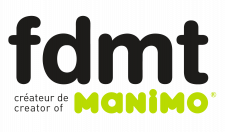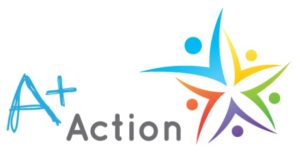The quality of first experiences inevitably develops children’s taste for and pleasure of movement. Whatever the appeal of the activity or sport, one of the key factors influencing the quality of the experience lies within the coaching and training stakeholders.
The Youngest are the Most Neglected
Whether in public organizations (e.g. municipalities, associations, sports clubs, etc.) or private (e.g. ski schools, hockey, circus, dance, etc.) as well as in the early childhood network or school system, the quality of physical activity intervention is often ineffective for young children. Stakeholders (parents, instructors, facilitators, coaches, educators, teachers, etc.) involved with this clientele are mostly at the beginner level.
The training and mentoring offered to them is limited and they often have to learn by trial and error. Furthermore, clients who are young children (2-8 years) are undoubtedly the most challenging to intervene with in structured physical activity. Unfortunately, there is also a widespread kind of culture resulting in the expression: “It’s not so bad, it’s just little ones.” On my part, for many years I have stood for the principle that every student, regardless of age, deserves quality intervention which is developmentally appropriate.
Disturbing Findings
Quality of intervention with young children is neglected and it affects the long-term development of the participating athlete (LTP / AD). Here are some disturbing findings about movement from the Canadian Sport for Life, to which I’ve added a few more elements specific to the situation in Quebec:
Initial and ongoing training of child care teachers is minimal in regards to physical activity and motor development.
Initial training for preschool/kindergarten teachers does not have any course related to motor skills; however, the program asks for Competency 1: sensory and motor action plan.
Initial training of physical education teachers covers very little at the preschool level as there is no formal physical education program.
The training of coaches and trainers is focused on one topic and does not adequately cover the concepts of development, sport science, education and health.
Knowledgeable and experienced coaches are often involved with the elite athletes. They should be required to give time with young children.
Aside from the early specialization sports (gymnastics, diving, figure skating), the majority of other sports advocate a quick technical specialization. Sometimes the sport is misrepresented to hold the interest.
Actually, the world of sport, education, and childcare is becoming more aware and conscious of this reality. However, concrete actions on the ground are changing at a snail’s pace. Resistance to change and conservatism of many leaders and stakeholders are slowing the development of new teaching practices, despite being well documented in the literature.
Courses of Action
Whether you are an organization, supervisor, or advocate, here are some actions in the form of questions to ensure that your children have great first experiences in the wonderful world of sport and physical activity:
Do the stakeholders have the resources (training, coaching, equipment, environment) to efficiently create movement young children?
Are the stakeholder’s activities dynamic and organized (no loss of time?)
Is the intervention atmosphere disciplined enough so that the child learns something?
Do the children have smiles on their faces when they move?
If you want assistance to improve or restructure the physical activities available to your children, do not hesitate to contact me or FDMT. We have several training opportunities and services available to meet your needs.
Joël Beaulieu, Ph. D. (c), Motor consultant, A+ Action-www.aplusaction.com



Leave A Comment